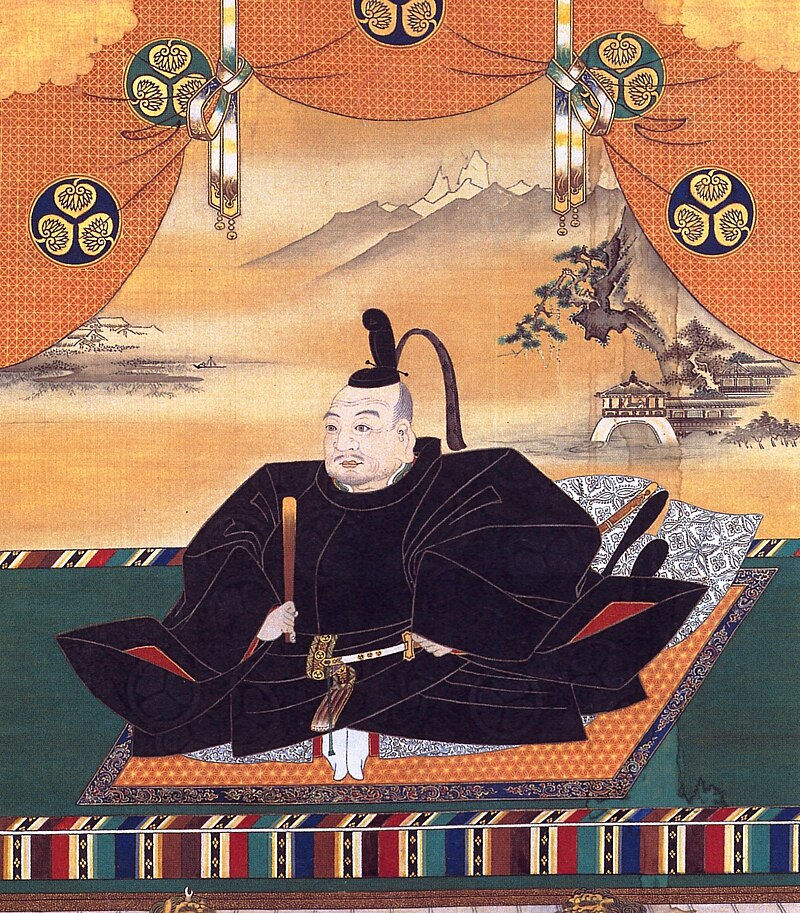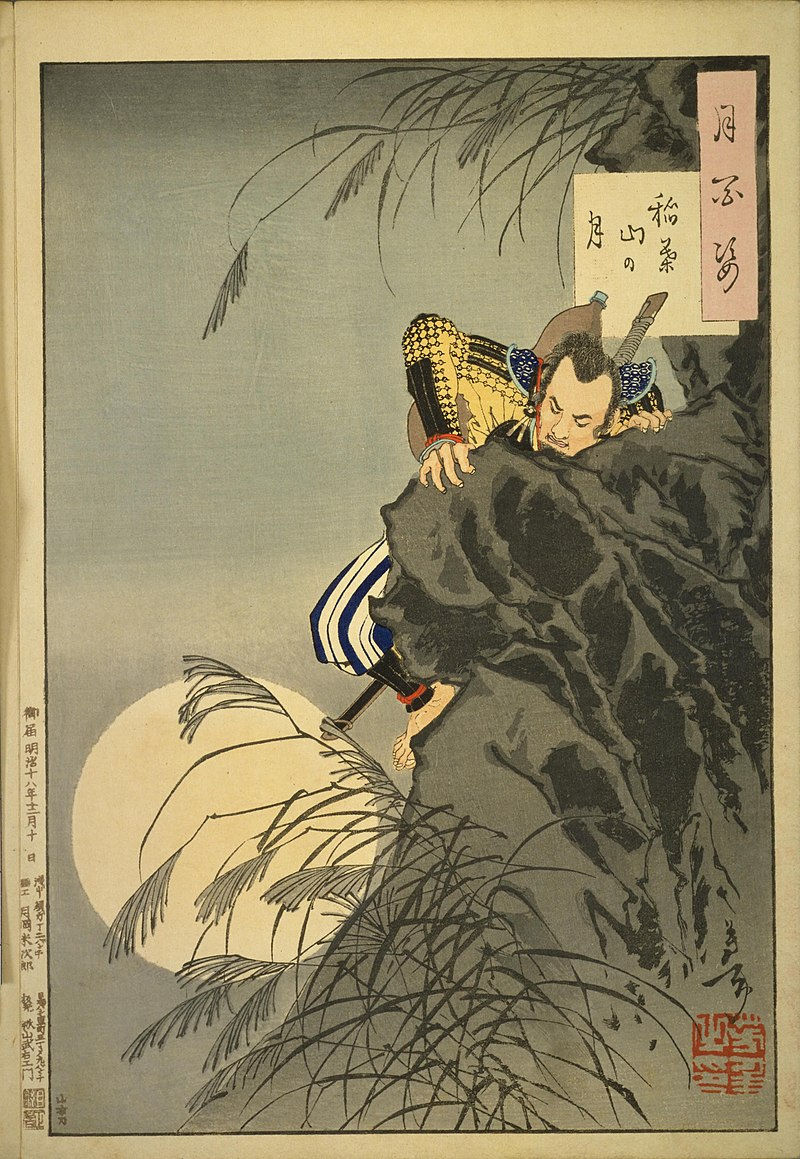Tokugawa Ieyasu
- 2304583d
- Aug 4, 2024
- 2 min read

Tokugawa Ieyasu (徳川 家康) (1543–1616) was a prominent Japanese daimyo (feudal lord) and the founder of the Tokugawa shogunate, which established a period of peace and stability known as the Edo period. His leadership marked the end of the Sengoku period and the beginning of a new era in Japanese history.
Early Life and Background
Birth and Family: Tokugawa Ieyasu was born on January 31, 1543, as Matsudaira Takechiyo, the son of Matsudaira Hirotada, a minor daimyo in Mikawa Province (present-day Aichi Prefecture). His family was initially relatively weak and had to navigate the complex alliances and conflicts of the Sengoku period.
Early Career: Ieyasu was taken as a hostage by the powerful daimyo Imagawa Yoshimoto at a young age. He later entered into an alliance with Oda Nobunaga, which played a crucial role in his rise to power.
Rise to Power
Alliance with Nobunaga: Ieyasu formed a strategic alliance with Oda Nobunaga, which was instrumental in his rise. He supported Nobunaga in various military campaigns and benefited from his patronage.
Battle of Sekigahara (1600): The decisive battle that solidified Ieyasu’s power was the Battle of Sekigahara. On October 21, 1600, Ieyasu defeated the forces of Ishida Mitsunari and other rival factions. This victory was pivotal in securing his position as the dominant power in Japan.
Establishment of the Tokugawa Shogunate
Shogunate Formation: After his victory at Sekigahara, Ieyasu was granted the title of shogun by the Tokugawa shogunate in 1603. This marked the beginning of the Tokugawa shogunate, which would govern Japan for over 250 years.
Political and Social Reforms:
Centralization: Ieyasu implemented policies to centralize power and reduce the influence of rival daimyo. He established a system of alternate attendance (sankin-kōtai), which required daimyo to spend part of their time in the shogunate’s capital, Edo (modern Tokyo), thus weakening their power bases.
Social Order: He enforced a strict social hierarchy, including the division of society into classes: samurai, farmers, artisans, and merchants. These reforms helped to stabilize and control Japanese society.
Economic and Cultural Development: The Tokugawa period saw significant economic growth and cultural development. Ieyasu’s policies promoted agricultural productivity, trade, and urban development. The period also saw the flourishing of traditional Japanese arts and culture.
Later Life and Legacy
Retirement and Death: Tokugawa Ieyasu officially retired from public life in 1605, passing on the position of shogun to his son, Tokugawa Hidetada. However, Ieyasu remained an influential figure until his death on June 1, 1616.
Legacy: Tokugawa Ieyasu’s establishment of the Tokugawa shogunate had a lasting impact on Japanese history. The shogunate brought a long period of peace and stability, known as the Edo period, which lasted until the Meiji Restoration in 1868.
Cultural and Historical Influence: Ieyasu is remembered as a key figure in the unification of Japan and the establishment of a stable government. His leadership and reforms laid the foundation for the modern Japanese state, and he is often depicted in historical dramas and literature as a shrewd and capable leader.
Tokugawa Ieyasu’s contributions to Japanese history and his role in shaping the country’s political and social structures make him one of the most significant figures in Japanese history.





Comments